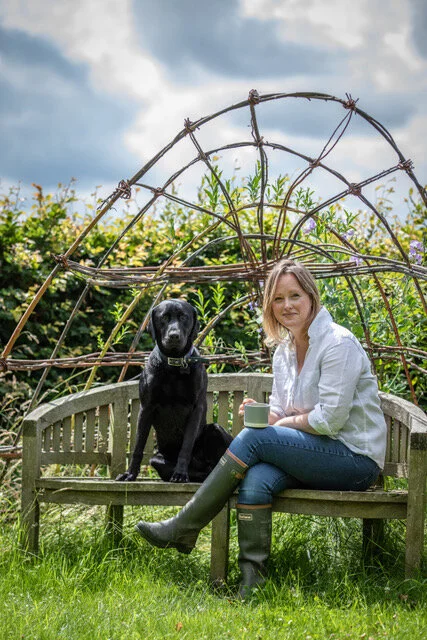Nestled along Mexico's Pacific coast, David Leventhal's Playa Viva is redefining hospitality through a radical commitment to regenerative design. More than just a boutique hotel, it's a living ecosystem where architecture breathes, nature flows freely, and every material tells a story of sustainability.
Imagine waking in a treehouse suspended among palm trees, with no doors or windows—just an uninterrupted connection to the landscape. This is Leventhal's vision: hospitality that doesn't just minimise environmental impact, but actively regenerates it.
The resort's structures are poetry in natural materials. Bamboo "bones" form parabolic roofs, carefully woven and raised by hand. Shower floors become canvases of meticulously placed pebbles, each stone positioned with artisan precision. Wall pigments are sourced locally—rich oranges and browns extracted directly from mountain landscapes, mixed with unconventional ingredients like hay, horse manure, and even turtle eggshells.
"We're not just building rooms," Leventhal explains, "we're creating experiences that transform how humans interact with environment."
READ on and listen to/ watch the podcast….
This transformation begins with radical design choices. Solar panels provide 100% off-grid electricity. Air conditioning is minimised, with innovative systems like the "Evening Breeze" technology cooling only specific areas. The goal isn't comfort through separation, but comfort through connection.




















